Urban landscapes often conceal unexpected pockets of green tranquility, tucked away behind unmarked doors or perched above busy streets where most people never think to look. These hidden gardens represent the determination of city dwellers who refuse to accept that concrete and steel must dominate every square inch of metropolitan life.
Urban planners with vision created some; others sprouted from grassroots efforts by communities who transformed forgotten spaces into neighborhood treasures. The best secret gardens feel like discovering a different world that exists parallel to the urban chaos surrounding them. Here is a list of 15 secret gardens that offer peaceful retreats within some of the world’s busiest cities.
The Elevated Acre

Manhattan’s Financial District conceals this rooftop amphitheater 30 feet above Water Street, accessible only through an unmarked entrance in a nondescript commercial building. The half-acre space features Mediterranean-style terraced landscaping with olive trees and lavender that creates an illusion of coastal European countryside in the heart of America’s financial center.
Wall Street workers discovered this hidden retreat years ago, transforming it into an unofficial outdoor office where phone calls get made surrounded by fragrant herbs instead of honking taxis. The space changes personality throughout the day—morning meditation sessions give way to lunch meetings and afternoon coffee breaks where conversations happen at volumes impossible on the chaotic streets below.
Barbican Conservatory
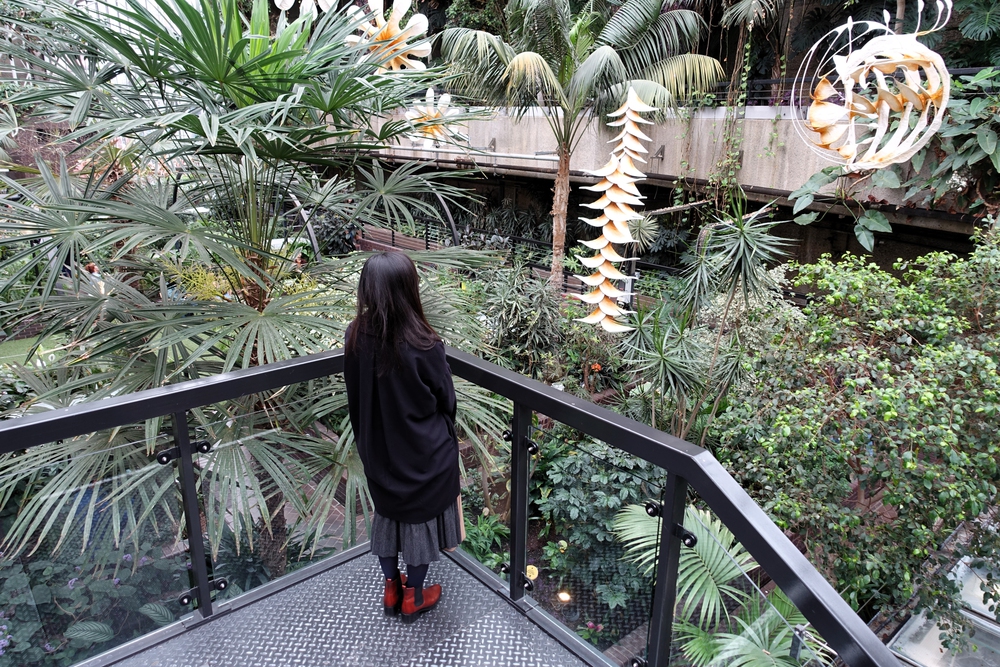
London’s brutalist Barbican complex hides Europe’s second-largest conservatory behind concrete walls that give no hint of the tropical paradise contained within. The underground greenhouse houses over 2,000 plant species alongside fish tanks and exotic birds, creating a humid microclimate that feels impossibly remote from the urban landscape above.
Weekend-only access requires booking, which helps maintain the conservatory’s status as one of London’s best-kept secrets among locals who jealously guard information about hidden city treasures. Visitors descend through unmarked doors into this subterranean Eden, where waterfalls cascade over bridges and tropical birds call from trees that shouldn’t exist beneath London’s gray skies.
Like Travel Pug’s content? Follow us on MSN.
Villa Borghese Botanical Section

Rome’s Villa Borghese Park contains a specialized botanical garden that most tourists miss while rushing toward the more famous Galleria Borghese museum. This Mediterranean plant collection demonstrates how ancient Romans might have landscaped their private estates with aromatic herb gardens and olive groves that release their fragrances when brushed by passing visitors.
Hidden stone benches nestled among rosemary bushes provide perfect spots for escaping the crowds that pack Rome’s major tourist attractions throughout the year. Early morning joggers and local dog walkers use this space as their private neighborhood park, creating a distinctly Roman community atmosphere that feels authentic rather than touristy.
McGolrick Park Gardens
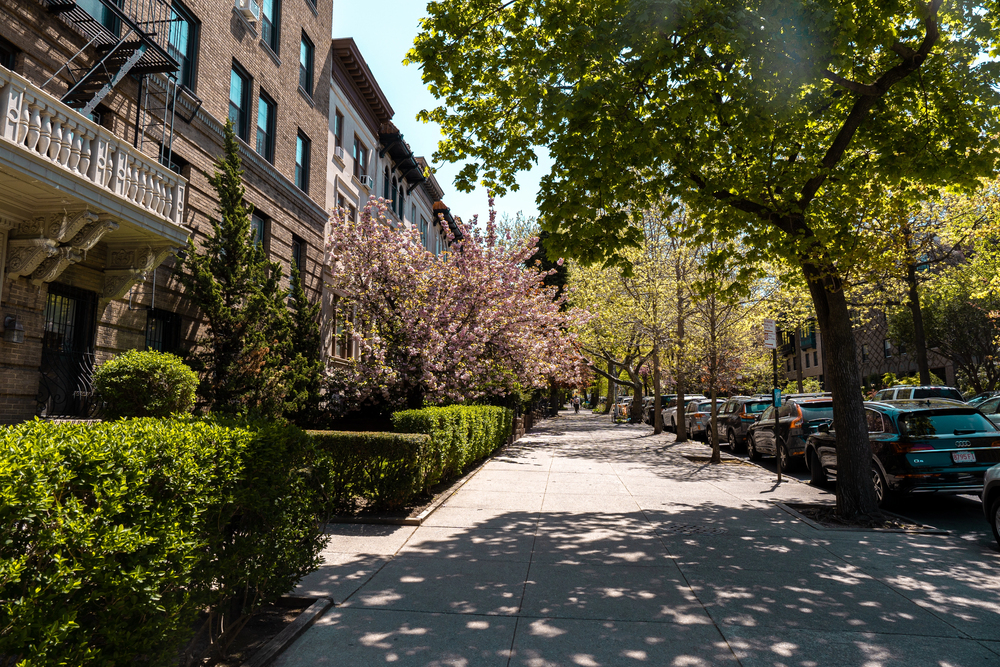
Brooklyn’s Greenpoint neighborhood houses this beautifully maintained park with formal gardens hidden behind the main recreational areas where families typically spend their time. The Shakespeare Garden contains plants mentioned in the playwright’s works, with small interpretive plaques identifying each species and its literary significance for visitors who take time to read them.
Polish grandmothers tend unofficial vegetable plots along the park’s edges, creating an Old World atmosphere that feels transplanted from the Eastern European countryside. The garden design incorporates traditional Polish landscaping elements, making it a cultural oasis that preserves immigrant heritage through horticultural traditions that might otherwise disappear in American cities.
Garden of St. Luke in the Fields
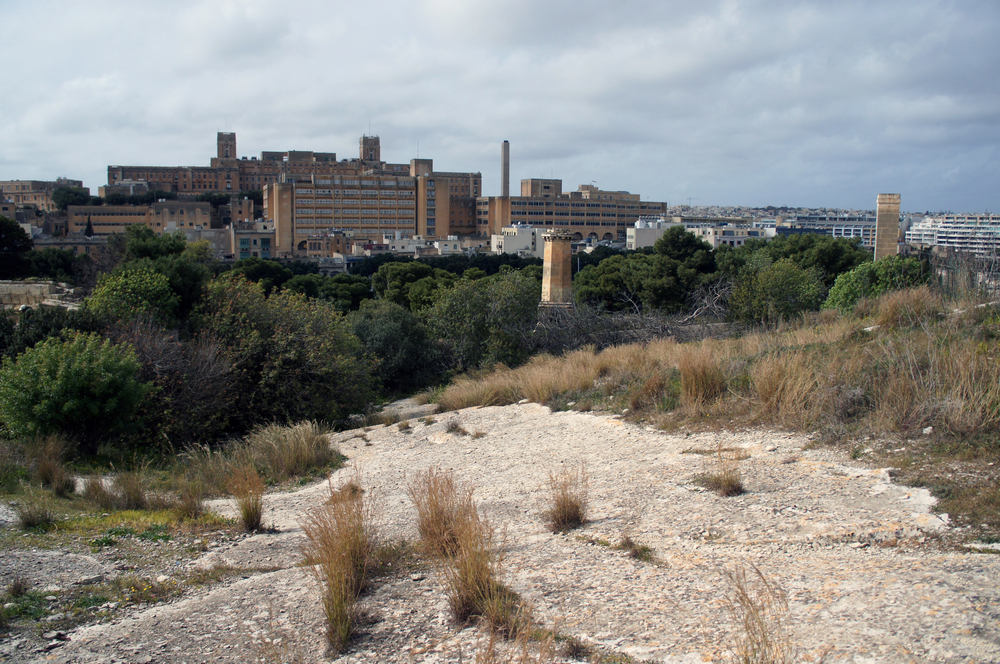
Greenwich Village’s historic church maintains a memorial garden that most New Yorkers walk past without noticing, hidden behind iron gates that remain open during daylight hours for anyone curious enough to enter. The garden commemorates September 11th victims with carefully chosen native plants selected for their seasonal beauty and symbolic meaning rather than showy displays. Winding gravel pathways connect small meditation areas where visitors can escape the Village’s commercial bustle while remaining in the geographic heart of Manhattan’s most famous neighborhood.
The garden emphasizes natural textures and seasonal changes, creating a space that evolves throughout the year rather than maintaining static displays like conventional urban landscaping.
Like Travel Pug’s content? Follow us on MSN.
Nomadic Community Garden
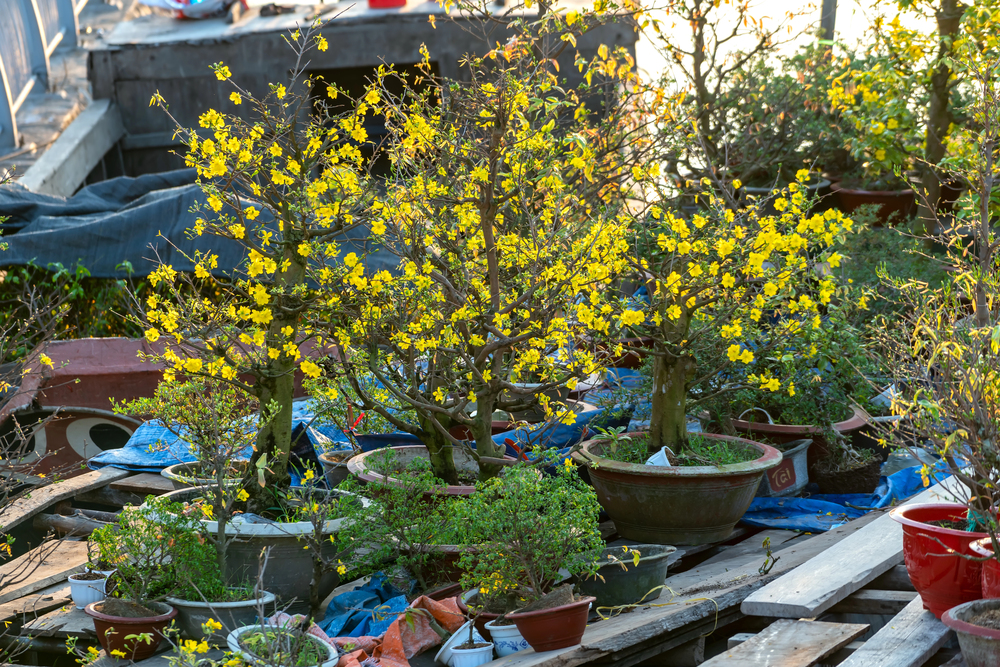
Berlin’s Kreuzberg district features this temporary garden that relocates periodically, requiring local knowledge and social connections to track down its current location. The garden demonstrates urban permaculture principles through composting systems, rainwater collection, and food production that supplies fresh vegetables for community members who maintain the plots.
German and Turkish residents collaborate on plantings that reflect the neighborhood’s multicultural character, creating fusion gardens that blend Mediterranean herbs with Northern European root vegetables. The garden’s mobile nature makes discovery feel like finding buried treasure, especially when it appears in unexpected locations like vacant lots or abandoned industrial sites that get transformed temporarily into productive green spaces.
Hidden Garden Steps
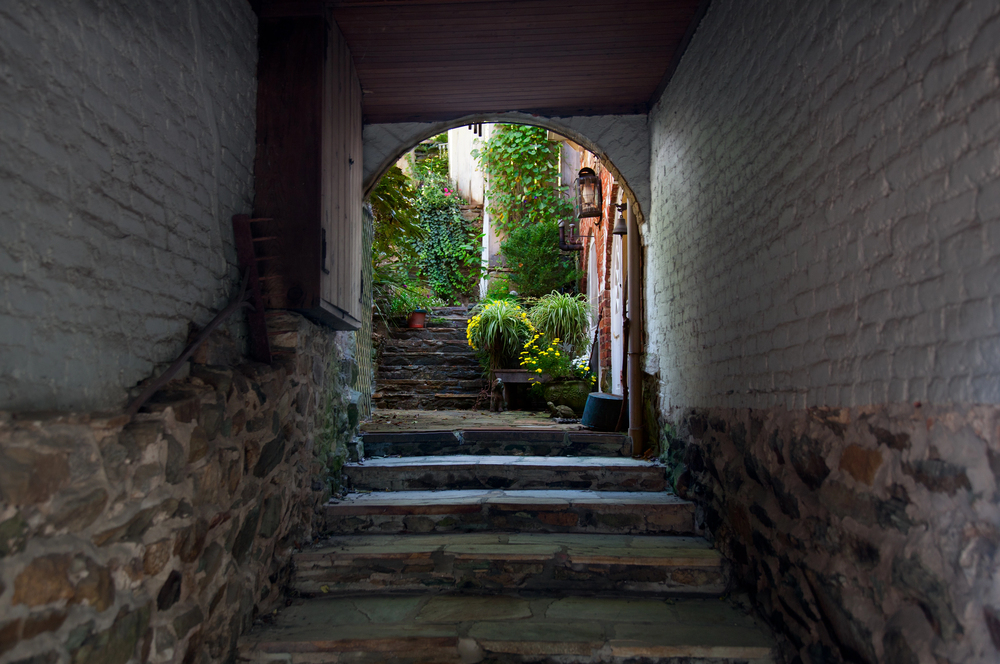
San Francisco’s Inner Sunset neighborhood conceals this spectacular mosaic stairway that transforms a utilitarian city staircase into an artistic landscape featuring California native plant species. The 148-step installation required years of community fundraising and volunteer labor, creating neighborhood ownership that extends to ongoing maintenance and protection from vandalism.
Each step features handmade ceramic tiles depicting local flora, with living examples planted along the stairway’s borders to demonstrate what the artistic representations actually look like in nature. Residents consider the garden a symbol of grassroots urban improvement, proving how communities can transform overlooked city infrastructure into beautiful public spaces that enhance property values and neighborhood pride.
Jefferson Market Garden
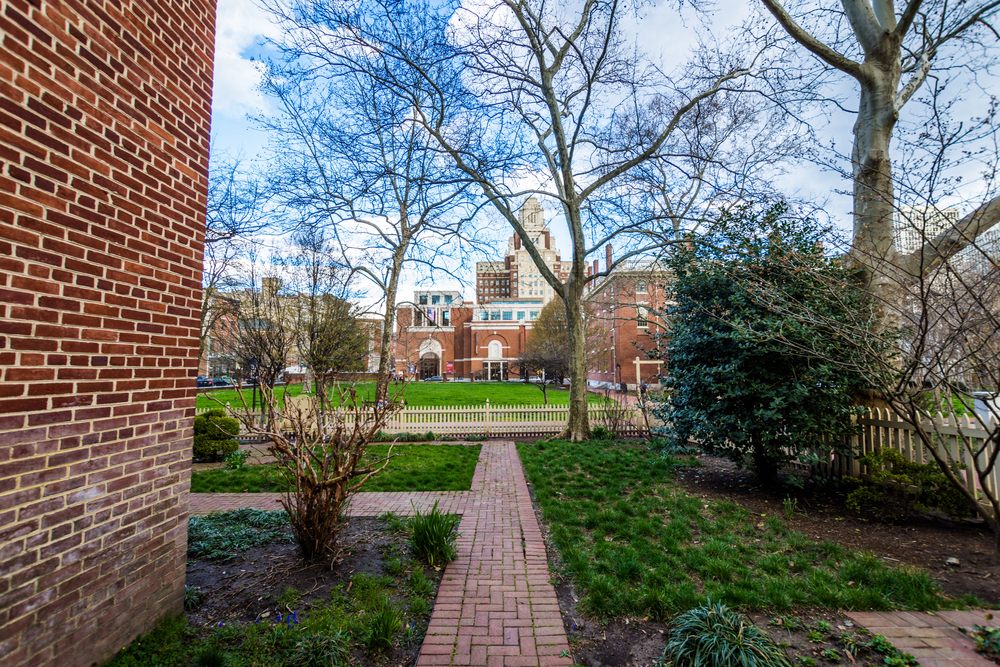
Manhattan’s West Village maintains this community garden on the former site of a women’s detention center, with volunteers transforming a dark chapter of New York history into a neighborhood gathering place. The garden combines ornamental flower beds with productive vegetable plots, creating a mix that reflects the diverse interests of plot-holders who represent Greenwich Village’s changing demographics.
Seasonal festivals bring the community together through harvest celebrations and plant swaps that create social connections among urban neighbors who might otherwise remain strangers. The garden’s location behind the historic Jefferson Market Library makes it feel like a hidden courtyard that belongs to an earlier, more community-oriented era of New York neighborhood life.
Like Travel Pug’s content? Follow us on MSN.
120 Wall Street Rooftops
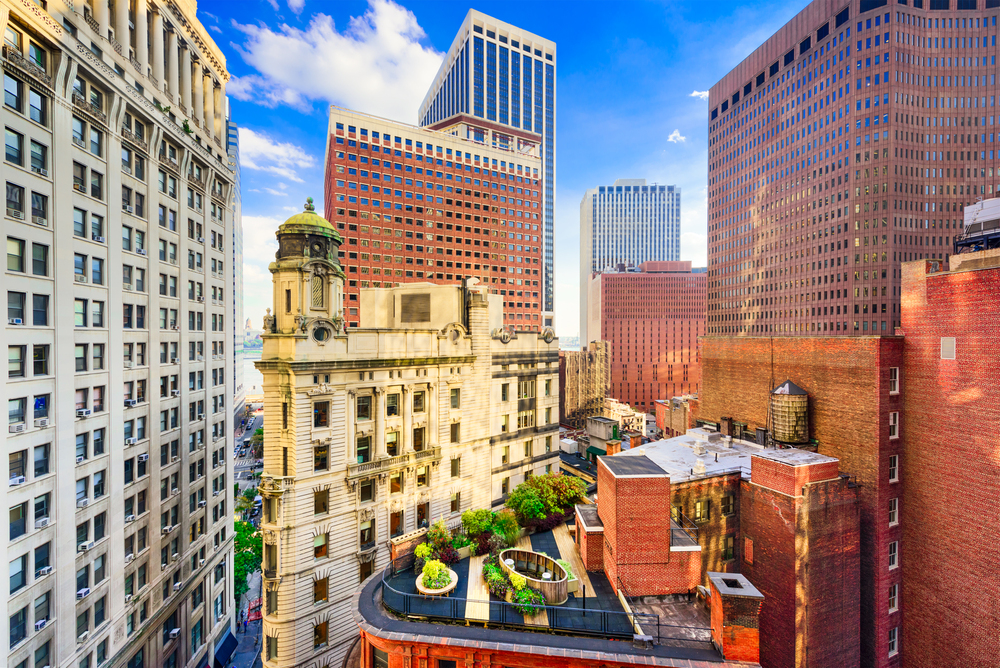
Lower Manhattan’s financial towers conceal multiple rooftop gardens accessible to office workers through unmarked doors that most building tenants don’t know exist. These elevated green spaces provide spectacular harbor views while demonstrating corporate environmental responsibility and employee wellness initiatives that improve workplace satisfaction.
Native plants adapted to rooftop growing conditions create low-maintenance landscapes that attract migrating birds to Manhattan’s concrete canyons during spring and fall seasons. The gardens’ elevation offers unique perspectives on New York Harbor, including views of the Statue of Liberty and Brooklyn skyline from angles impossible to achieve at street level without expensive observation deck tickets.
Paddington Street Gardens
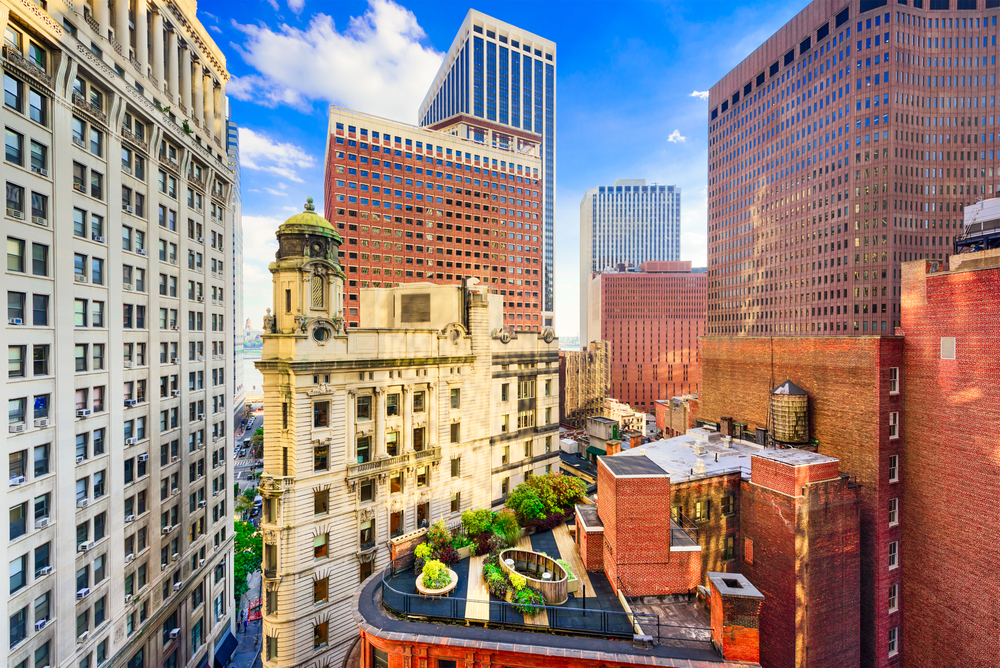
London’s Marylebone neighborhood features this Georgian square garden that remains locked except for residents who maintain traditional communal ownership through inherited keys passed down through generations. The garden’s formal 18th-century layout reflects period landscape design principles, with precisely trimmed box hedges and seasonal flower displays that demonstrate how London’s garden squares originally functioned as private community amenities.
Residents organize seasonal celebrations and children’s activities within the garden, maintaining social traditions that predate modern apartment living for several centuries. The garden’s exclusivity creates opportunities for stepping back in time, with busy modern London feeling distant despite heavy traffic flowing just beyond the locked wrought-iron gates.
PS 84 Rooftop Garden
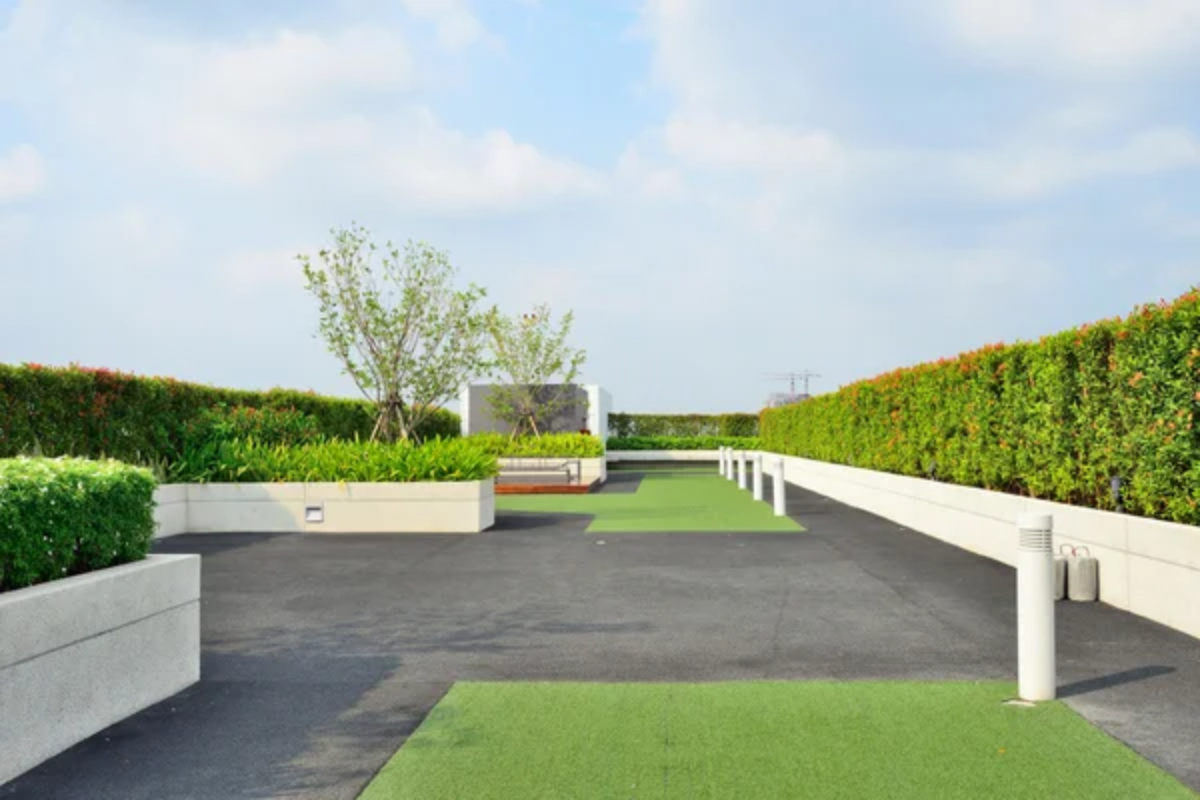
Manhattan’s Upper West Side elementary school maintains this rooftop garden that serves dual educational and community functions, teaching urban children about plant biology while providing fresh produce for local families. The garden demonstrates how schools can integrate environmental education into urban curricula, with students learning mathematical concepts through garden measurements and scientific principles through hands-on composting experiments.
Weekend volunteer sessions bring neighborhood families together, creating intergenerational knowledge transfer where immigrant grandparents share traditional growing techniques with American-born grandchildren. The garden’s educational mission makes it a model for urban schools seeking to provide authentic environmental education without leaving the city limits.
Like Travel Pug’s content? Follow us on MSN.
Culpeper Community Garden
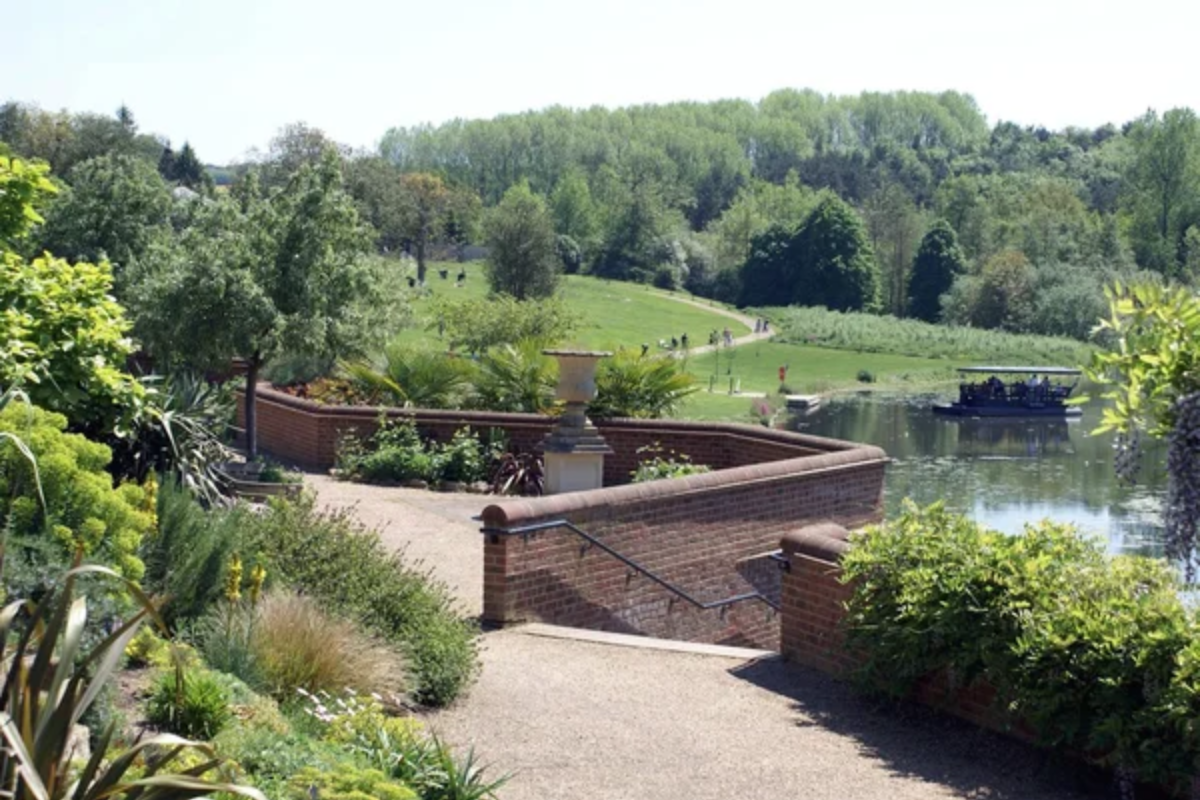
London’s Islington borough houses this award-winning community garden that transformed a derelict railway embankment into a thriving ecosystem supporting both human activities and urban wildlife. The garden combines traditional allotment plots with dedicated wildlife habitats, demonstrating how urban food production can coexist with biodiversity conservation efforts.
Residents from diverse ethnic backgrounds collaborate on communal projects like the medicinal herb garden and children’s forest school area that provide educational opportunities. The garden’s success inspired similar projects throughout London, proving that community-led environmental initiatives can transform overlooked urban spaces into neighborhood assets that increase property values while building social connections.
9th Avenue Community Garden
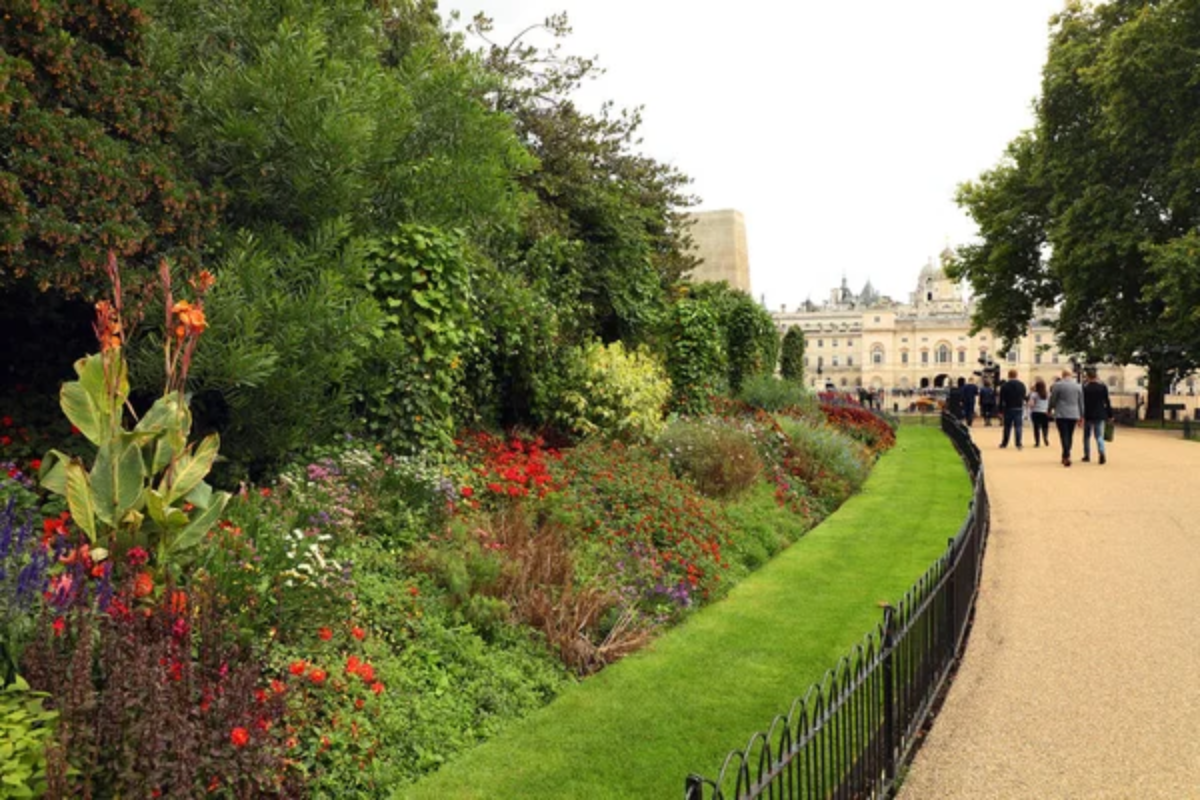
Manhattan’s Hell’s Kitchen maintains this pocket garden squeezed between tenement buildings, creating a green oasis in one of New York’s most densely populated residential neighborhoods. The garden’s tiny footprint forces creative vertical growing techniques, with trellises and hanging planters maximizing limited ground space through innovative urban agriculture methods.
Local restaurants source herbs and vegetables directly from the garden, creating a hyperlocal food system that reduces transportation costs while building community relationships between gardeners and business owners. The garden’s location makes it feel like a secret European courtyard that somehow survived urban development, providing unexpected beauty in a neighborhood known more for restaurants than green spaces.
Spitalfields City Farm
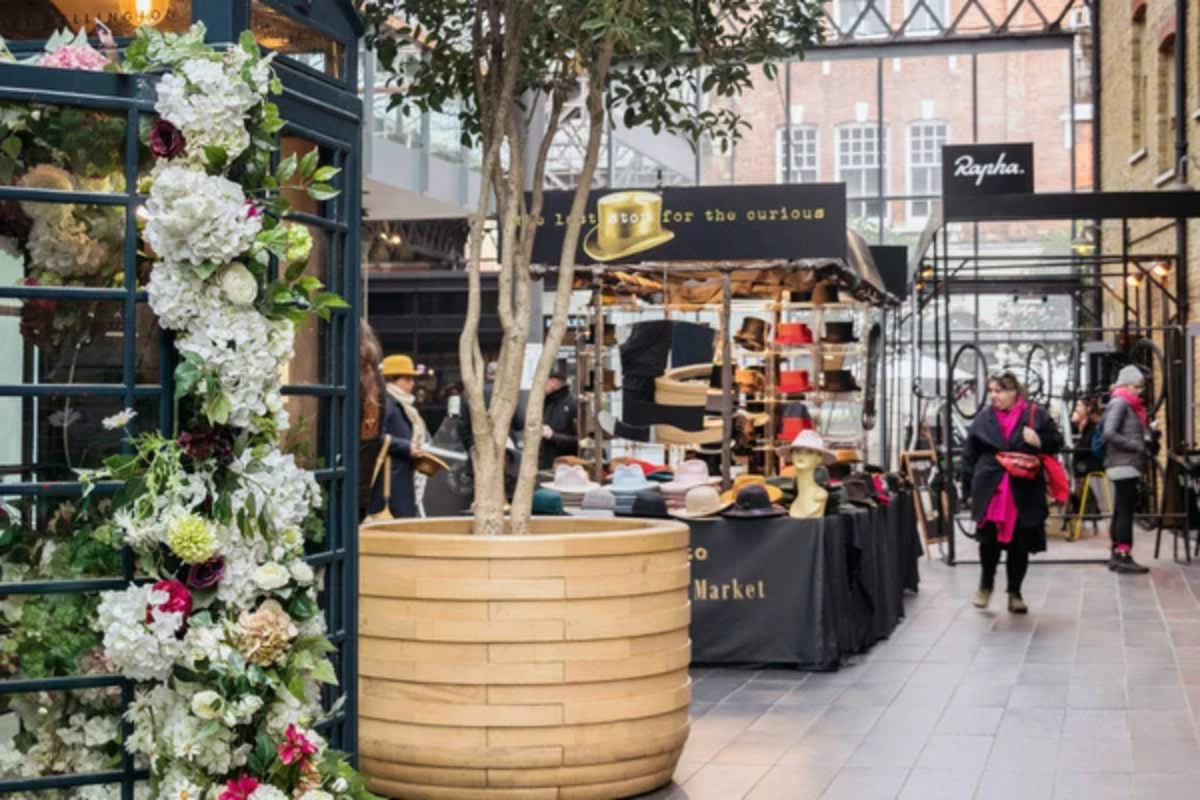
London’s East End conceals this working farm within the urban landscape, where visitors can interact with farm animals while learning about sustainable agriculture techniques adapted for city environments. The farm demonstrates urban food production methods through educational programs designed for local schools and community groups seeking hands-on environmental education.
Traditional English cottage garden plantings surround the farm areas, creating a countryside atmosphere that feels impossibly rural considering the surrounding tower blocks and busy commercial streets. The farm’s location in a historically working-class neighborhood makes it a symbol of community resilience and environmental justice, proving that green spaces can thrive in areas often overlooked by conventional urban planning.
Like Travel Pug’s content? Follow us on MSN.
Clinton Community Garden

Manhattan’s Hell’s Kitchen neighborhood features this long-established community garden that survived multiple development threats, becoming a symbol of grassroots urban activism that successfully protects community assets. The garden’s mature trees and established plantings create a microclimate that registers measurably cooler temperatures and lower noise levels than the surrounding streetscape.
Multi-generational families tend to individual plots that have been passed down through decades, creating continuity and tradition within New York’s constantly changing urban environment. The garden’s survival demonstrates how organized community action can protect green spaces that provide environmental and social benefits extending far beyond property boundaries or individual plot ownership.
Hidden Oases in Concrete Jungles

These secret gardens prove that urban environments can nurture both wild spaces and community connections, even within the most densely developed metropolitan areas where real estate prices make every square foot precious. The success of these hidden green spaces often depends entirely on dedicated volunteers who understand that maintaining urban gardens requires ongoing community commitment rather than occasional municipal attention or professional landscape services.
As cities continue growing denser and more expensive, these secret gardens become increasingly valuable for mental health, environmental quality, and social cohesion, making urban living sustainable and enjoyable rather than merely tolerable for residents who might otherwise flee to suburbs in search of green space and community connections.
More from Travel Pug

- 20 Best Beach Towns in the Carolinas
- 13 Destinations Where Tourists Regularly Regret Their Trip
- 20 Destinations That Are More Magical Without an Itinerary
- 20 Underrated Adventures That Belong on Your Travel List
- 20 Cities Where You Should Just Wing It, No Planning Required
Like Travel Pug’s content? Follow us on MSN.N.
